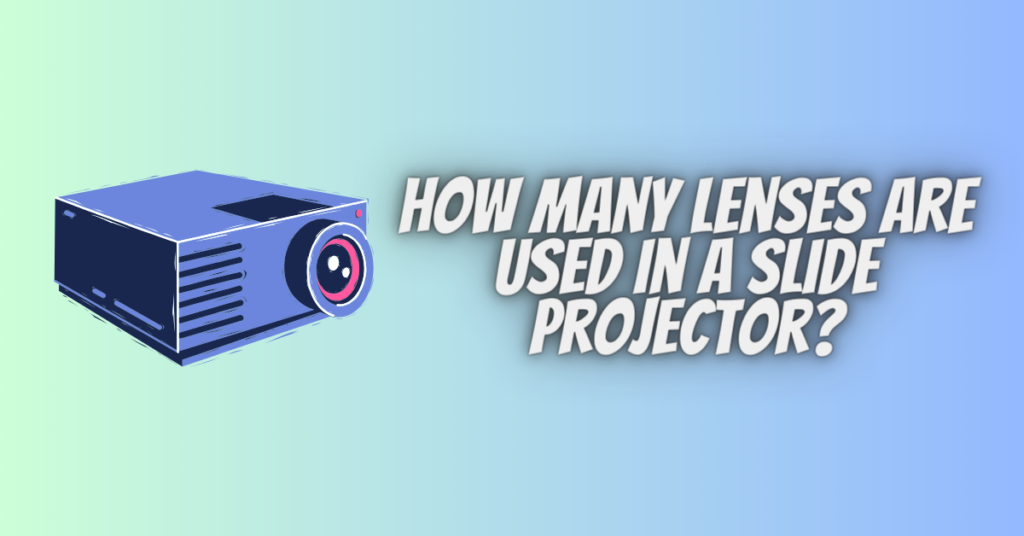Slide projectors, once a ubiquitous sight in classrooms, boardrooms, and family gatherings, have an intriguing mechanism involving lenses that bring static images to life on a big screen. These optical marvels use specific lenses to project photographic slides, offering a unique and immersive viewing experience. In this article, we will explore the role of lenses in slide projectors and how they contribute to the projection process.
The Basics of Slide Projectors
A slide projector operates by passing light through a transparent slide containing an image, then magnifying and projecting that image onto a screen or wall. The critical components that make this process possible are the lenses.
Types of Lenses in Slide Projectors
- Condenser Lens:
- Function: The condenser lens is placed near the light source inside the projector. Its primary function is to concentrate and direct light through the slide, ensuring even illumination.
- Number Used: Slide projectors typically have one condenser lens.
- Projection Lens:
- Function: The projection lens is responsible for magnifying and focusing the image from the slide onto the screen. Its design determines the sharpness, clarity, and size of the projected image.
- Number Used: Slide projectors have a single projection lens. However, some high-end models may have interchangeable lenses for different projection requirements.
- Zoom Lens (in some models):
- Function: Zoom lenses allow users to adjust the size of the projected image without moving the projector. They offer flexibility in adapting to various screen sizes and distances.
- Number Used: Slide projectors equipped with zoom capabilities have a built-in zoom lens, often adjustable manually or electronically.
The Projection Process:
- Light Source Illumination: The slide projector’s lamp emits a bright light that passes through the condenser lens. This lens focuses and directs the light uniformly through the slide, ensuring consistent illumination.
- Image Magnification: The light passes through the slide, where the image is magnified and focused by the projection lens. The quality of the projection lens significantly influences the clarity and sharpness of the displayed image.
- Adjustable Zoom (if applicable): In projectors with zoom capabilities, the zoom lens allows users to modify the size of the projected image without moving the entire projector. This adjustment ensures the image fits the screen or desired projection area accurately.
- Projection onto the Screen: The magnified and focused image is projected onto a screen or wall, creating a large, detailed visual representation of the original slide.
Conclusion
Slide projectors, with their precisely engineered lenses, have played a significant role in the history of visual presentations. While the basic slide projector incorporates a condenser lens for illumination and a projection lens for magnification, advanced models include zoom lenses for added flexibility. Understanding the functionality of these lenses provides insight into the intricate process that transforms static slides into captivating visual displays. As technology continues to advance, these classic optical devices remain a testament to the artistry and innovation of projection technology.


